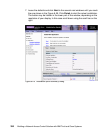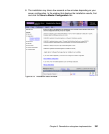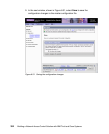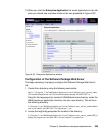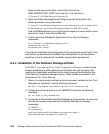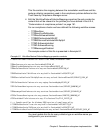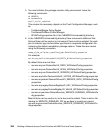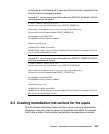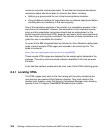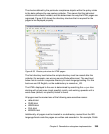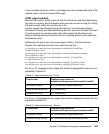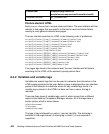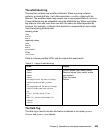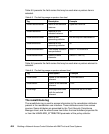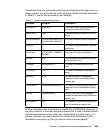398 Building a Network Access Control Solution with IBM Tivoli and Cisco Systems
access to corporate intranet resources). To avoid serious business disruptions,
necessary means should be taken to minimize this effect, including:
Setting up a grace period for non-critical noncompliance situations
Using traditional methods for large-scale fixes or software deployment before
including them as mandatory in the security policy
One of the mandatory elements of the solution is a remediation process. It can,
and should, be automated. However, the explanation of the corporate security
policy and the remediation instructions should also be implemented. In this
section we build instructional HTML pages for end users, which are presented to
the user if there are any policy violations. The intention of these instructions is to
guide the user to remediate the situation.
As a part of the IBM Integrated Security Solution for Cisco Networks deployment
guide, several example HTML pages are included in the acme3.zip file. The
guide is located at:
http://www.ibm.com/support/docview.wss?uid=swg24007082
These sample HTML pages are designed for the sample policy delivered in the
package. This policy uses six posture collectors available at the time we wrote
this book.
In the next few sections we describe the main rules of the HTML authoring guide.
8.3.1 Locating HTML
The HTML pages must exist on the client along with the policy containing the
com.ibm.scm.nac.posture.PolicyCollector collector. They must reside in the
client\scripts\ directory under the Security Compliance Manager main directory,
typically in the C:\Program Files\IBM\SCM\client\scripts location.



